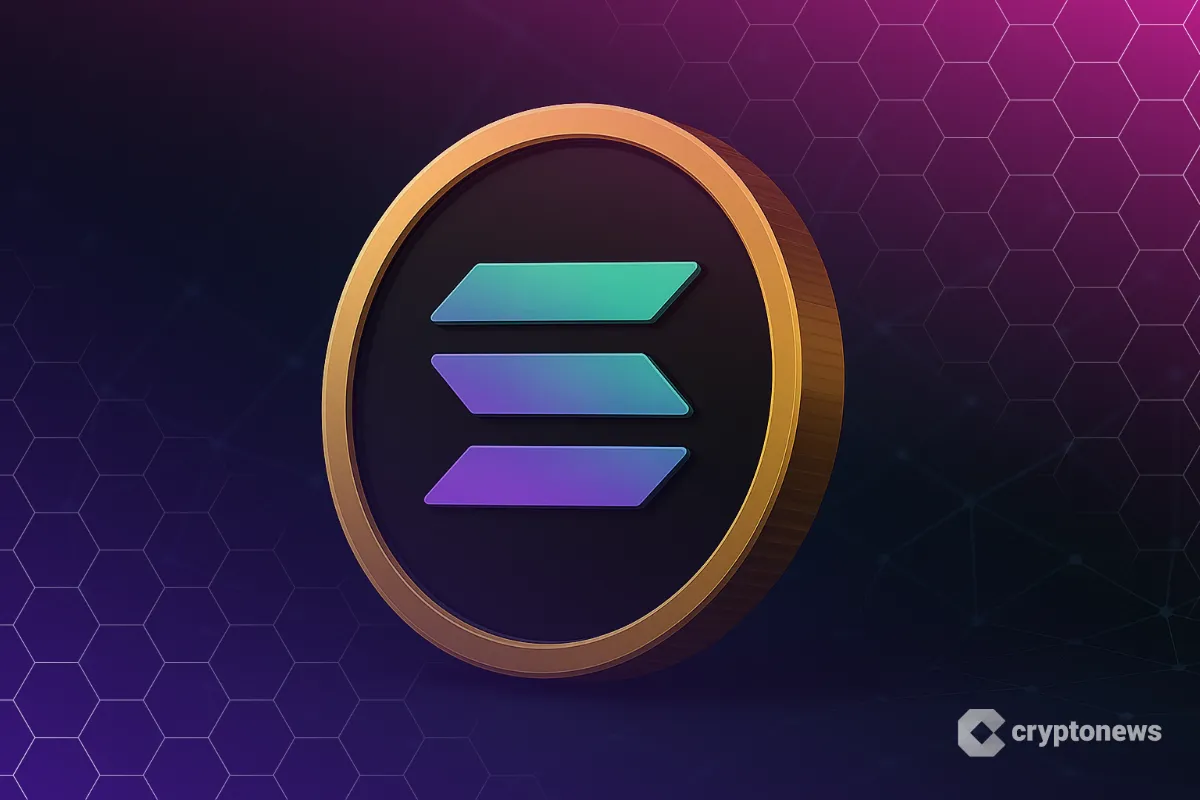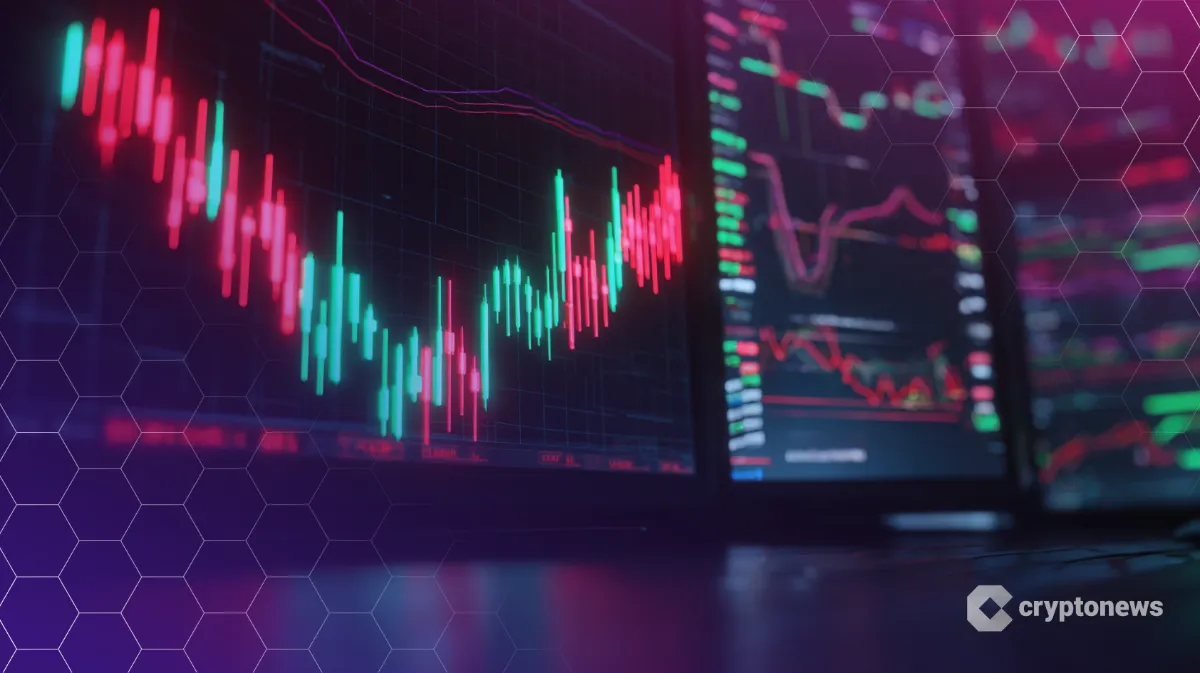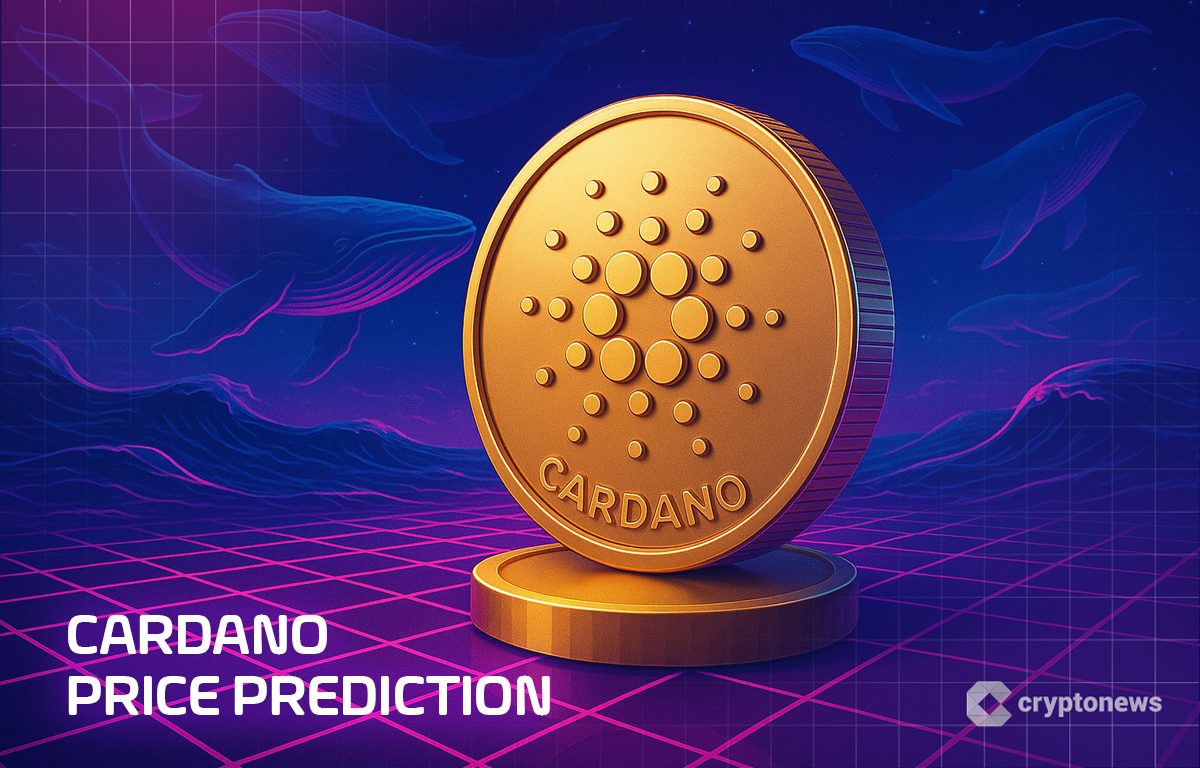Grayscale Bets on Solana’s On-Chain Growth – Is $260 Just the Start?

Crypto asset manager Grayscale says Solana’s steady on-chain growth could drive its native SOL token above $260, achieved during the 2021 bull market peak.
In its latest “Crypto’s Financial Bazaar” report, Grayscale argues that Solana leads the blockchain category in user count, transaction volume, and transaction fees.
“These aren’t the only considerations that matter, but on these core blockchain fundamentals, Solana stands apart from its peers,” Grayscale’s research team noted.
According to the report, Solana averages 4,587 users daily and processes up to 96,200 transactions per day, with the highest transactions per second among major blockchains, including Ethereum, BNB Chain, and Tron.
Source: GrayscaleGrayscale: SOL Could Push Above $260 Despite $5 Billion Annual Fee Revenue
Raydium, a decentralized exchange and core component of Solana’s DeFi infrastructure, has recorded over $1.2 trillion in volume, more than any other blockchain ecosystem. Jupiter, Solana’s leading DEX aggregator, is also the largest in the crypto industry by volume.
Pump.fun, a memecoin launchpad and social app, attracts around 2 million monthly active users and generates approximately $1.2 million in daily revenue.
Source: GrayscaleHelium, a decentralized physical infrastructure project focused on mobile hotspots, now provides services cheaper than centralized alternatives. The Solana-based protocol has 1.5 million daily users, 112,000 hotspots, and partnerships with major telecom companies like AT&T and Telefonica.
These examples represent just a fraction of Solana’s more than 500 unique applications.
As a general-purpose blockchain, Solana ranks third in NFT trading, fifth in stablecoin transaction volume, and seventh in tokenized assets.
Solana apps generate about $425 million in monthly fees, or over $5 billion annualized.
“We believe that fees are the most direct measure of total demand for a blockchain and its applications, and the data indicate there’s substantial demand for Solana,” Grayscale’s research stated.
Solana has carved out a competitive position by offering fast and cheap transactions.
The network produces new blocks every 400 milliseconds, and transactions reach finality in approximately 12–13 seconds. Transaction costs have remained low, with users paying an average fee of just $0.02 per year to date.
Solana uses local fee markets, which limit fee competition to specific high-demand applications, and median daily transaction fees this year have averaged just $0.001.
Additionally, a forthcoming upgrade called Alpenglow is expected to reduce finality time to 100–150 milliseconds.
1,000+ Solana Developers Building What Ethereum Can’t Easily Copy
Despite crypto’s user experience challenges, Solana offers one of the best new-user experiences in the industry. Its fast and cheap transactions, diverse applications, and “monolithic” design eliminate the need to bridge assets between network components. Its wallet infrastructure, led by Phantom, also contributes to this advantage.
Solana uses a distinct architecture called the Solana Virtual Machine (SVM), unlike the Ethereum Virtual Machine (EVM) used by Ethereum, BNB Chain, Polygon, and Avalanche.
SVM-based applications can’t be easily transferred to non-SVM blockchains, potentially creating sticky demand.
More than 1,000 full-time developers work on Solana and SVM-based applications.
The number of Solana-focused developers has also grown faster than any other smart contract platform over the last two years, according to Electric Capital’s blockchain developer report.
Industry Leaders Project SOL Could Push Past $260 to Hit $520 by Year-End
Given these metrics and the 7% staking reward for validators securing the network, Grayscale analysts believe SOL is currently undervalued at $202.36.
Grayscale’s research states that the $260 mark achieved in November 2021 represents the fair value for SOL based on the steady growth and leading metrics it has achieved since its FTX-induced crash in December 2022.
“Since the FTX bankruptcy, SOL has substantially outperformed the FTSE/Grayscale Smart Contract Platforms Crypto Sector Index,” Grayscale confirmed.
This matches similar bullish projections from industry leaders.
In September 2024, Matthew Sigel, head of digital assets research at VanEck, said Solana is undervalued and projected it to capture up to 50% of Ethereum’s then market capitalization, equivalent to a $330 valuation.
VanEck also predicted that SOL could surge to $520 before the year’s end.
Ray Youssef, CEO of NoOnes, told CryptoNews that Solana is gaining ground in the Layer 1 arms race, with strong fundamentals, growing institutional inflows, and steady revenue leadership.
He noted Solana’s resilience through Q3 and upcoming network upgrades that could push it toward $300 by early 2026.
The post Grayscale Bets on Solana’s On-Chain Growth – Is $260 Just the Start? appeared first on Cryptonews.



